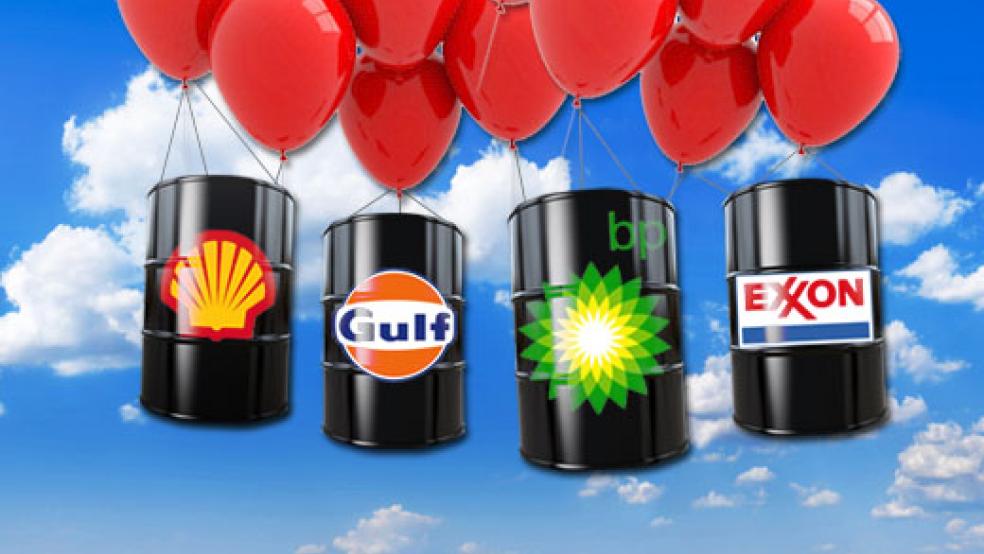Are gasoline prices headed for $4 a gallon? Californians are already feeling the pain of such hefty fuel prices, long before gasoline usually soars ahead of the so-called summer driving season, when higher demand traditionally causes price spikes. Indeed, this kind of a wintertime run-up in gasoline costs is a highly unusual phenomenon, one that many analysts are attributing to speculation in the highly volatile energy markets.
Skeptical? Just check out the Commitments of Traders (COT) report that the Commodity Futures Trading Commission releases at the end of this week. These much-scrutinized but relatively little-known reports give a snapshot of who’s doing what in the futures markets, and breaks down those positions by the type of market player: whether it’s commercial players (those with a vested interest in a commodity’s price, like farmers, mining companies or oil and gas producers) or “non-commercial traders,” usually referred to as speculators, because they’re probably taking positions in hopes of making a profit rather than to hedge some underlying exposure to the commodity in question. And this month, those speculators are betting heavily not only on crude oil, but particularly gasoline. Indeed, economist Ed Yardeni calculates that speculators currently have established futures positions that total an astonishing 43.8 percent of U.S. inventories of gasoline – a record.
RELATED: Gas Price Spike Creates Unexpected Winners
Yardeni is one of a growing number of pundits suggesting that investors take a bullish stance on the energy sector as a result of data like that – and news like last weekend’s announcement by Iran that it won’t be selling oil to Britain and France in response to a European Union embargo that is part of the long-running battle over Iran’s nuclear program. That raises the prospect of a wider ban on sales to include other European countries, including those troubled economies on the periphery that are more reliant on Iranian oil.
Not surprisingly, the political tension surrounding Iran raises the prospect of shortfalls in supply and higher prices later this year – and the market responded predictably, driving crude prices back above $100 and to the highest levels seen since last year. In that context, it doesn’t really matter how abundant supplies of gasoline are today – the prices at the pump reflect fears in the present about what happens in the future. In the energy market, perception matters, and the prospect that oil-producing nations will release additional supplies onto the market will be shrugged off until it’s a reality, allowing worries about supply shortfalls to take center stage.
Does that mean it’s time to take big bullish positions in energy industry giants like Exxon Mobil (XOM) or ConocoPhilips (COP)? Not necessarily. Big oil makes big money – and generates a lot of cash flow that can be used to pay out dividends, which are very attractive. But the very size of these companies means that while higher crude oil prices will undoubtedly be a boon to their bottom line it will likely be the smaller companies who stand to benefit most. More appealing still, some of these companies could end up as takeover candidates if the majors decide to deploy some of their spare cash to acquire new reserves. The market is already rewarding these companies with outsize gains – Kodiak Oil and Gas (KOG) trades at a whopping 63 times trailing 12-month earnings – but companies like EOG Resources (EOG) and Whiting Petroleum (WLL) are worth a look.
RELATED: 10 Cities with the Cheapest Gas Prices
Uncomfortable trying to pick out the individual winners? There are exchange-traded funds out there as well, such as the IQ Global Oil Small Cap ETF (IOIL), which offers exposure not only to exploration and production companies but also to oil services and drilling stocks. Regardless of which of the producers does best in a world of high oil prices, those drilling companies are likely to fare best of all. If there’s one certainty about a surge in energy prices, it galvanizes producers of all sizes to go out and find more of the stuff.






